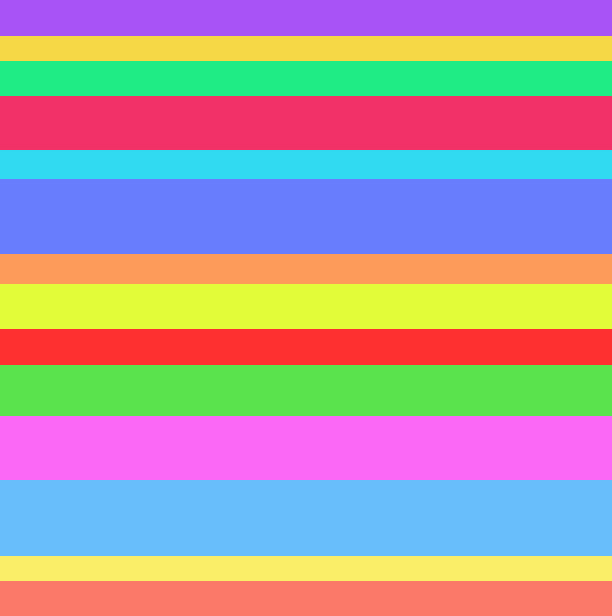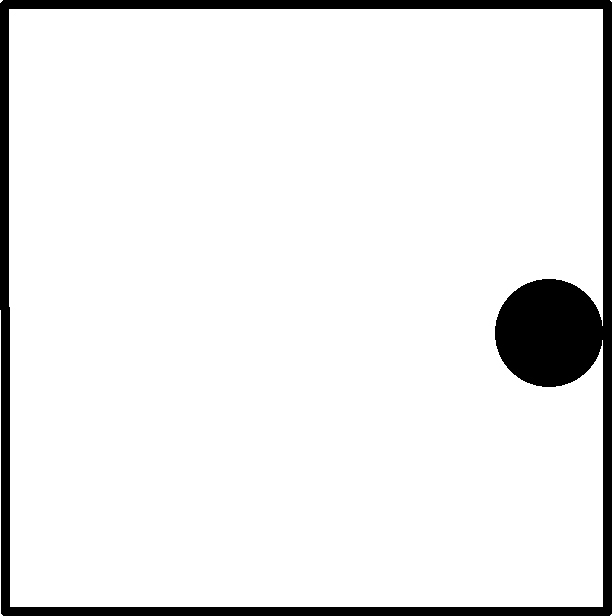Ana Petrović
visual artist
I’ll Pay you if you Break this Drawing
400 x 150 cm, ink jet print on foil, 2010/2015
Platiti ću ako razbiješ ovaj crtež
400 x 150 cm, ink jet print na foliji, 2010./2015.
Unutar forme samoljepljive folije, medija koji se uobičajeno koristi za uljepšavanje i reklamu na izlozima trgovina, poziva se na građanski neposluh: ”I’ll pay you to break this drawing”, ”Break out”, ”Race throu”… Bilo da se radi o razbijanju, probijanju ili protrčavanju potencijal za građanski neposluh postaje stvar osobnog odabira. Pogledana informacija prebacuje lopticu na gledatelja.
”Možda zvuči očito, ali bitno je imati na umu da umjetnost nije prirodni produkt.”[1] Prakse gledatelja i gledanog su samo nusprodukti pojedinaca koji povremeno pronađu svoje privremeno sklonište kroz mrežu isprepletenih utjecaja poput povijesti, kulture i geolokacije. U tom smislu gledatelj je taj koji dovršava rad. On je ključni dio recepta svakog rada jer je on taj koji producira sav labirint značenja prije, tijekom i nakon susreta sa radom.
Kako god gledatelj odluči- ignorirati, razmisliti, zabilježiti, djelovati- poziv na građanski neposluh postaje činjenicom u glavama onih koji su ga doživjeli kao odskočnu dasku za identifikaciju svog kamenčića u cipeli, utopijskog katalizatora za promjenu i frikciju društvenog stroja u futuru.
[1] How Art can be Thought, a Handbook for Change, Allan de Souza
In the form of self-adhesive foil, a medium commonly used for decoration and advertising on shop windows, civil disobedience is called for: “I’ll pay you to break this drawing,” “Break out,” “Race thro” … Whether it’s about breaking, punching or running through, the potential for civil disobedience becomes a matter of personal choice. Seen information passes the ball to the viewer.
“It may sound obvious, but it’s important to keep in mind that art is not a natural product.”[1] The practices of the observer and the observed are merely byproducts of individuals occasionally finding temporary refuge through a network of intertwined influences such as history, culture and geolocation. In this sense, it is the viewer who completes the work. He is a key part of the recipe of any work because he is the one who produces the entire maze of meaning before, during and after encountering the work.
Whatever the viewer chooses – to ignore, think, record, act upon – the call to civil disobedience becomes a fact in the minds of those who have experienced it as a stepping stone to identifying their pebble in a shoe, a utopian catalyst for change and future friction in a social machine.
[1] How Art can be Thought, a Handbook for Change, Allan de Souza



